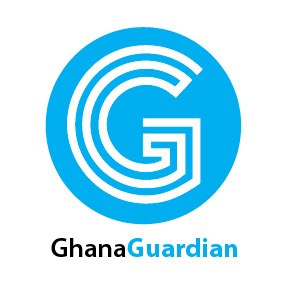Meta is set to construct the world's longest undersea cable, the 50,000-km Waterworth Project, to enhance AI and digital connectivity across the US, India, Brazil, South Africa, and beyond.
Meta Unveils Ambitious Undersea Cable Project
Meta, the parent company of Facebook, Instagram, WhatsApp, and Threads, has announced plans to build the world’s largest undersea cable, spanning an estimated 50,000 kilometers. This ambitious infrastructure project, dubbed the Waterworth Project, is set to surpass the Earth’s circumference in length and aims to revolutionize digital accessibility.
According to Meta, the new cable system will establish three new ocean corridors, significantly enhancing high-speed internet connectivity and driving artificial intelligence (AI) advancements worldwide. The initiative aligns with Meta’s broader mission of expanding digital inclusion and making cutting-edge technologies more accessible.
The Backbone of the Internet
Undersea cables are often regarded as the "backbone of the internet," according to the Global Digital Inclusion Partnership, an organization working towards global internet access by 2030. Currently, an estimated 95% of the world’s internet traffic flows through these underwater networks, making them critical to modern digital infrastructure.
Despite their importance, access to undersea cables remains incomplete, disproportionately affecting marginalized communities. By constructing the Waterworth Project, Meta seeks to bridge these digital divides, ensuring that high-speed connectivity reaches more regions across the globe.
Meta vs. Starlink: A Battle for Connectivity
Meta’s investment in undersea cables is not without competition. Elon Musk’s Starlink, a satellite-based internet service, aims to provide connectivity to remote areas where traditional infrastructure, including undersea cables, is impractical. While both companies share the goal of expanding internet access, Starlink focuses on delivering connectivity to hard-to-reach locations via satellite technology, whereas Meta continues to invest in large-scale cable networks to enhance global infrastructure.
Over the years, Meta has already developed 20 undersea cable systems, reinforcing its commitment to internet expansion. However, the Waterworth Project is described as the company’s "most ambitious underwater venture to date."
A Multi-Billion-Dollar Investment for the Future
The construction of the Waterworth Project is expected to require a multi-billion-dollar investment and will take several years to complete. Although Meta has not disclosed an exact timeline or cost, the project marks a significant step in advancing AI-driven internet infrastructure.
As AI technologies continue to evolve, the demand for faster, more reliable internet will only increase. With this groundbreaking initiative, Meta aims to lay the foundation for a more connected, digitally inclusive world.
A Game-Changer in Global Connectivity
With the Waterworth Project, Meta is set to redefine global connectivity, enabling faster digital transformation across continents. By investing in undersea cable technology, the company seeks to drive AI innovation and bring high-speed internet access to millions worldwide.
As the digital landscape rapidly evolves, projects like these will play a pivotal role in shaping the future of communication, technology, and global internet accessibility.

Comments